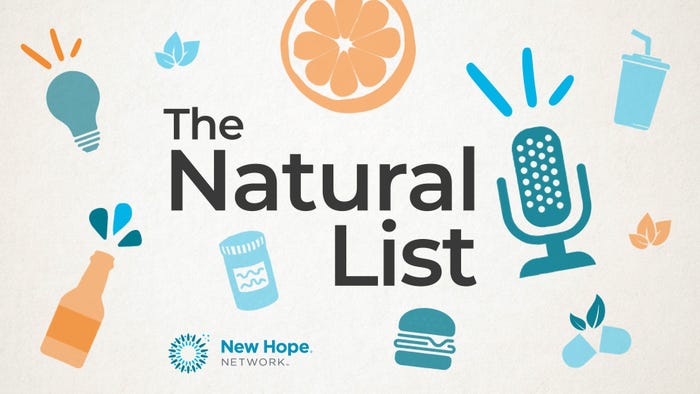September 30, 2005

 Ingredient of the month: Seabuckthorn
Ingredient of the month: Seabuckthorn
What is it?
An orange berried shrub with medicinal properties
Where does it come from?
Native to Eurasia
When was it discovered?
It is thought that seabuckthorn has been used as early as the eighth century and has been traditionally utilized by eastern medicine.
How is it beneficial?
While the leaves contain considerable protein, the berries are rich in antioxidant chemicals, vitamin A and several other carotenes, and have a remarkably high content of essential fatty acids and phytosterols.
Seabuckthorn oil is used medicinally to treat a wide range of skin damage and is said to promote the recovery of conditions such as rosacea, eczema and burns.
What can be done with it?
The main derivative of seabuckthorn is oil for medical and cosmetic purposes, but there are also food products available such as juices, jellies, tea and marmalades.
—Hazel Welch
Industry insights from NBJ
US supplements sales growth in 2004 |
Vitamins |
Herbs/botanicals |
Sports nutrition |
Minerals |
Meal replacements |
Speciality |
All supplements |
Retail-NHF, etc. |
Retail-MM |
Mail order |
Multilevel |
Practitioner |
Internet |
NHF: natural, health food, supplement and speciality retail outlets
MM: grocery, drug, mass merchandise, club and convenience stores
Mail order: catalogs, direct mail, and direct-response TV and radio
Practitioners: conventional and alternative practitioners selling to patients
About the Author(s)
You May Also Like




